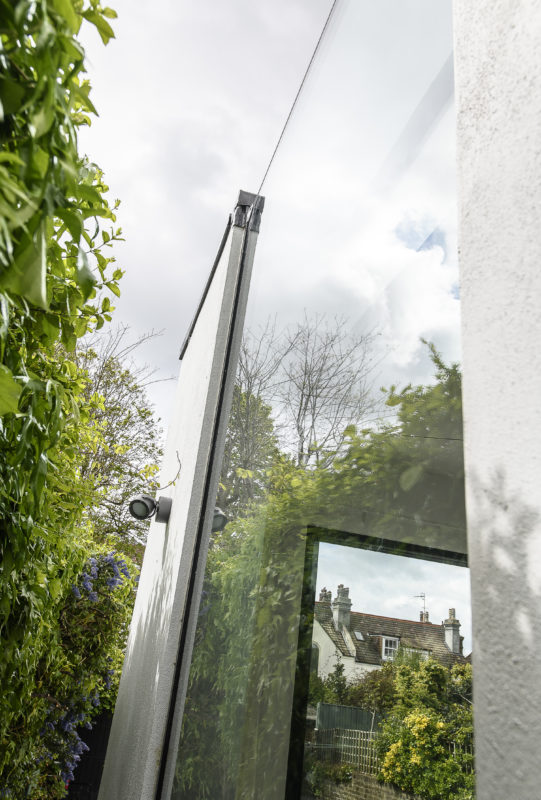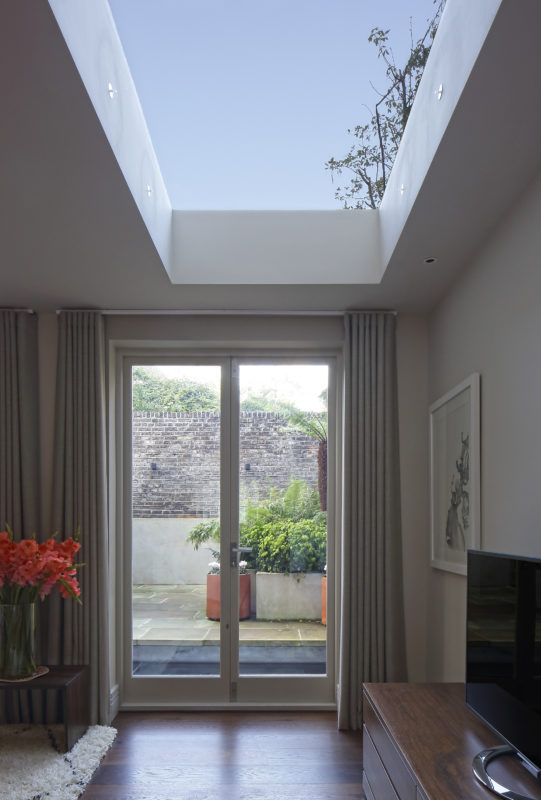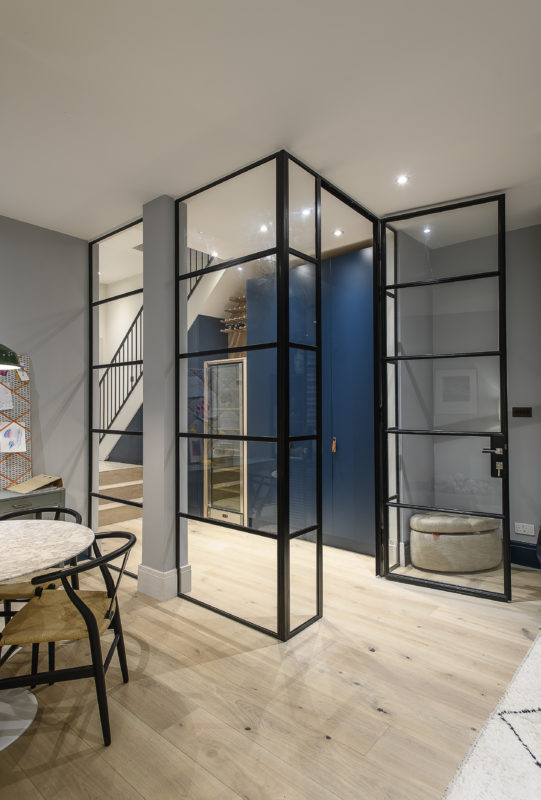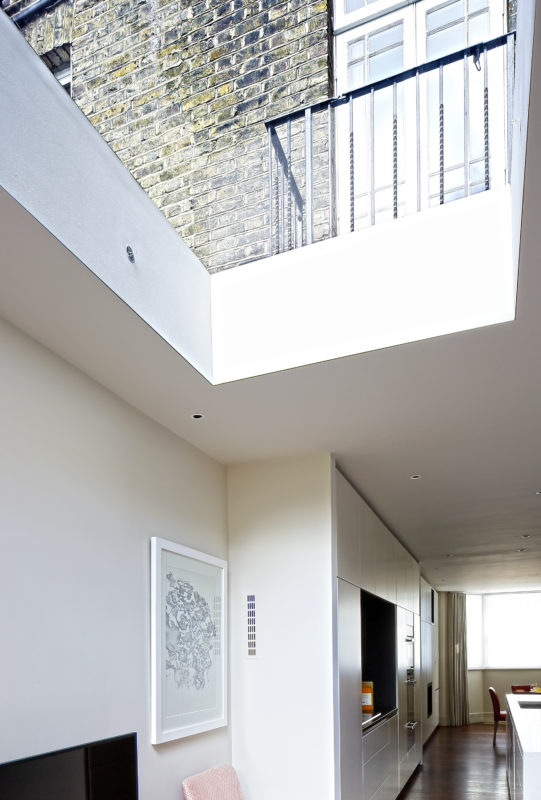Glass and Transparency
The use of glass in architectural design has evolved over the years, influencing the way buildings interact with their surroundings and creating visually stunning structures that connect people with the outside world.
Transparency in architecture is not solely limited to the physical characteristics of glass. It encompasses the ability to create a visual and spatial connection between the interior and exterior environments. Technological advancements have revolutionised the production and application of glass in architecture. Glass facades and curtain walls have become synonymous with contemporary design, providing sleek and visually striking appearances. The transparency of glass also offers panoramic views, blurring the distinction between indoor and outdoor spaces. Advancements in structural engineering and the use of laminated and tempered glass have increased the safety and durability of glass installations and allowed for larger scale installation. The use of large glass panels maximises natural light, reducing the need for artificial lighting and creating a sense of spaciousness.
In an era where sustainability is paramount, energy-efficient glass coatings and double-glazed windows reduce the demand for heating and cooling, resulting in decreased energy consumption. Coatings, such as low-emissivity (low-e) coatings, reduce heat transfer and glare.
Photovoltaic glass, also known as solar glass, has the capability to harness solar energy and generate electricity. Additionally, the recyclability of glass makes it an environmentally responsible choice for architectural applications. Its longevity and resistance to degradation ensure its potential for reuse.
It is worth noting, the thermal properties of glass can pose challenges for insulation and energy efficiency and a holistic approach is recommended when introducing large amounts of glazing to a project.
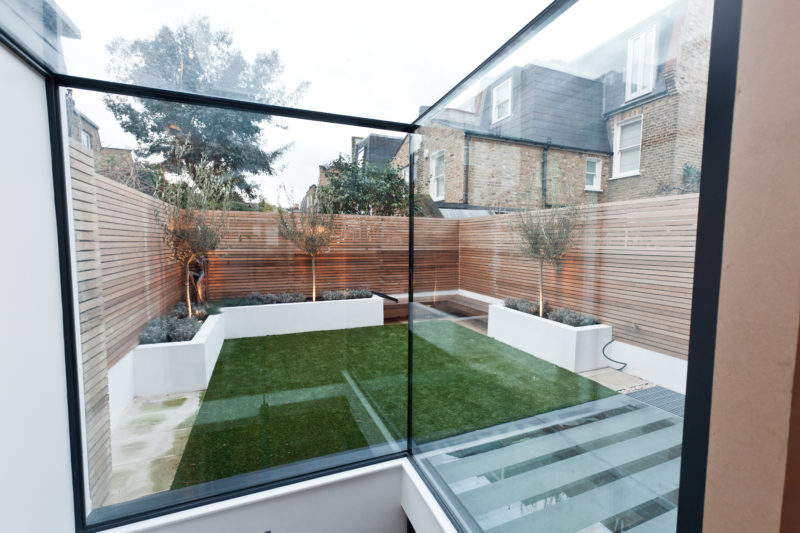
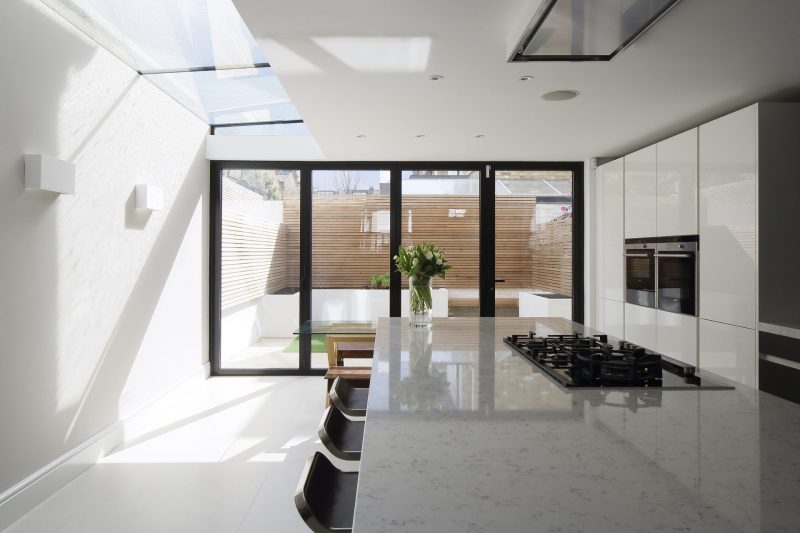
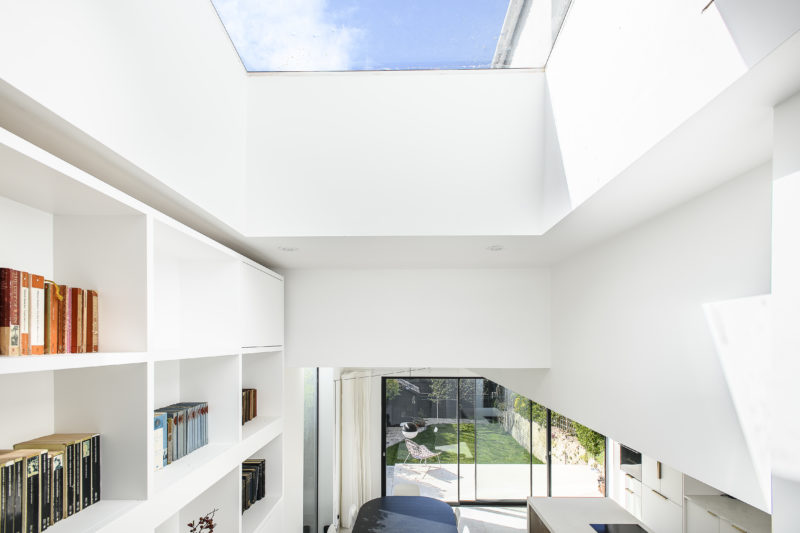
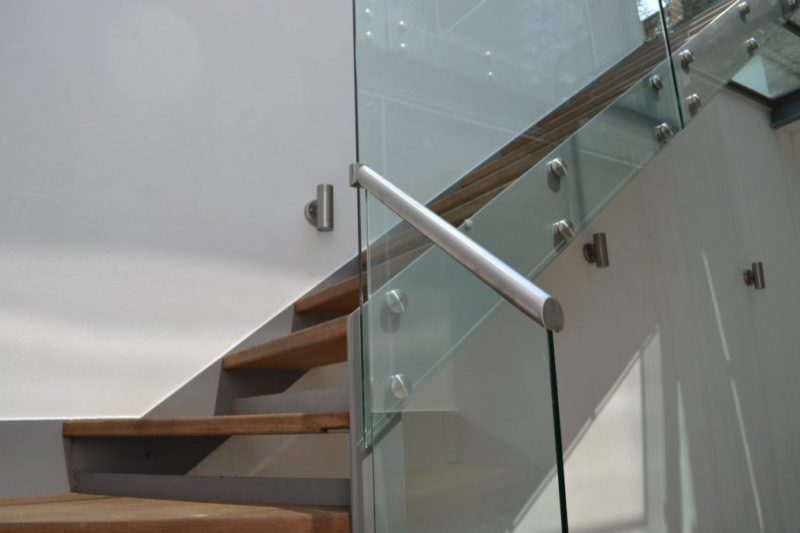
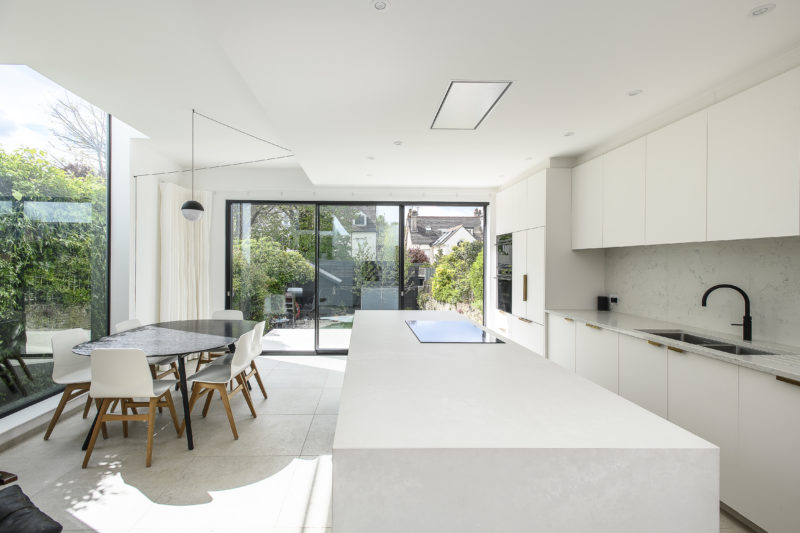
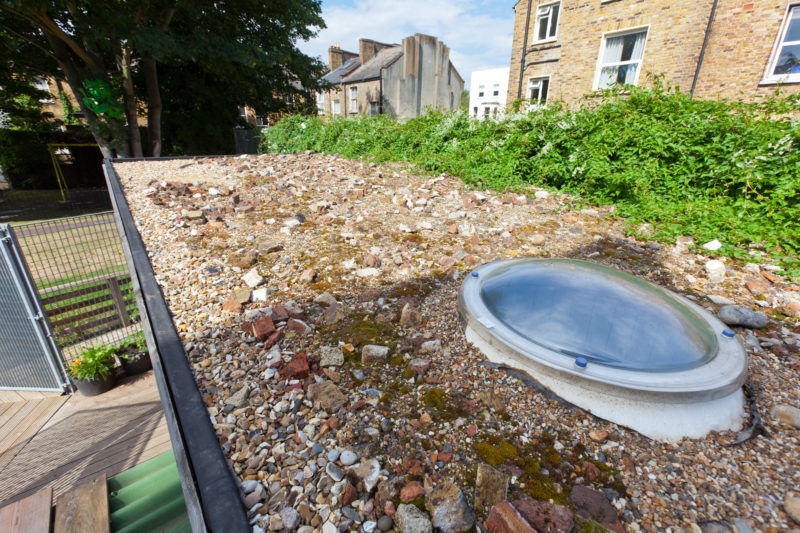
Shape Architecture use of Glass and Transparency
At Shape Architecture our use of glass over the last sixteen years has been a constant feature of our work. Contemporary spaces flooded with natural light define our projects. We use glass in many different ways throughout our portfolio and across the variety of sectors we work in from a small residential project to a large community project. The detail matters and we work with excellent glazing companies. This is particularly important when detailing frameless glass systems such as large scale glazed panels that merge into rooflights with a glass to glass detail such as at our Rugby Road project in Brighton. Rooflights are always an excellent way to bring light into a space. We design and install rooflights of all types ranging from a small roof light set in a rubble roof at EcoShed in Hammersmith where the contrast in materials is striking. To openable rooflights giving access to roof terraces and these can be large side hinged or as at Adam and Eve Mews a glass box where one half sides over the other. Glass cubes are a feature of our residential work to and have often been used to locate a stair linking ground floor with a new basement such as at Hurlingham Road in Fulham. Glass has also been used extensively in our basement projects and particularly at lightwells where glass bridges and glazed balustrades are very often incorporated. We often use glass internally to form glazed screens between various rooms or else as structural glass panels set in the floor providing borrowed light.
If you would like to talk to architects expert in the use of glass, please feel free to contact us at Shape Architecture. We would be happy to discuss your project with you.
